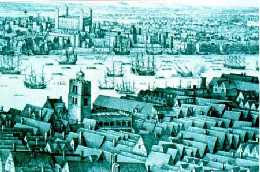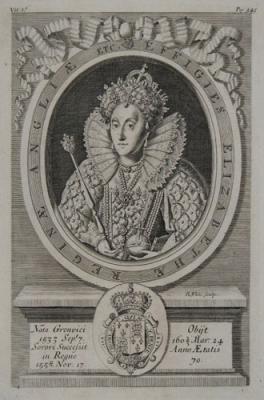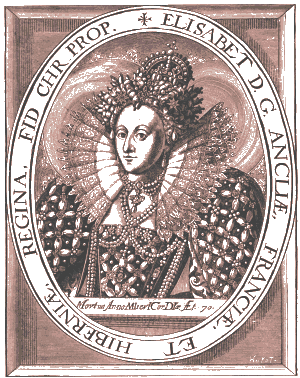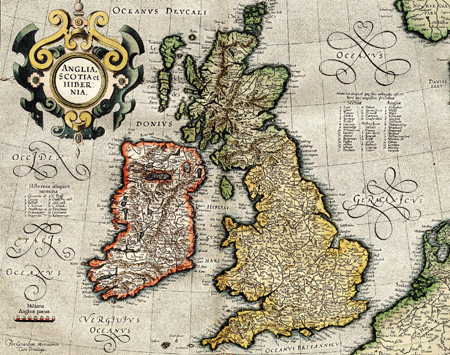
 At this time, London was the heart of England, reflecting all the vibrant qualities of the Elizabethan Age. This atmosphere made London a leading center of culture as well as commerce. Its dramatists and poets were among the leading literary artists of the day. In this heady environment, Shakespeare lived and wrote.
At this time, London was the heart of England, reflecting all the vibrant qualities of the Elizabethan Age. This atmosphere made London a leading center of culture as well as commerce. Its dramatists and poets were among the leading literary artists of the day. In this heady environment, Shakespeare lived and wrote.

A Compendium of Common Knowledge 1558-1603 is packed with notes on Elizabethan food, occupations, games, and pastimes, also religion, manners, attitudes, and education—the intimate details of daily life.
Website link HERE.

British History Online is a not-for-profit digital library based at the Institute of Historical Research. It brings together material for British history from the collections of libraries, archives, museums and academics. These primary and secondary sources, which range from medieval to twentieth century, are easily searchable and browsable online.
Click HERE to visit their website.